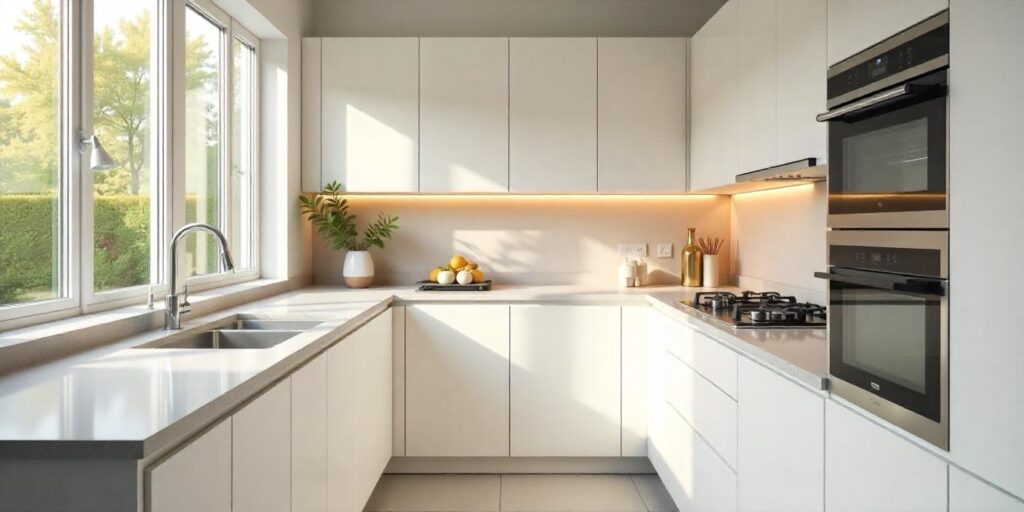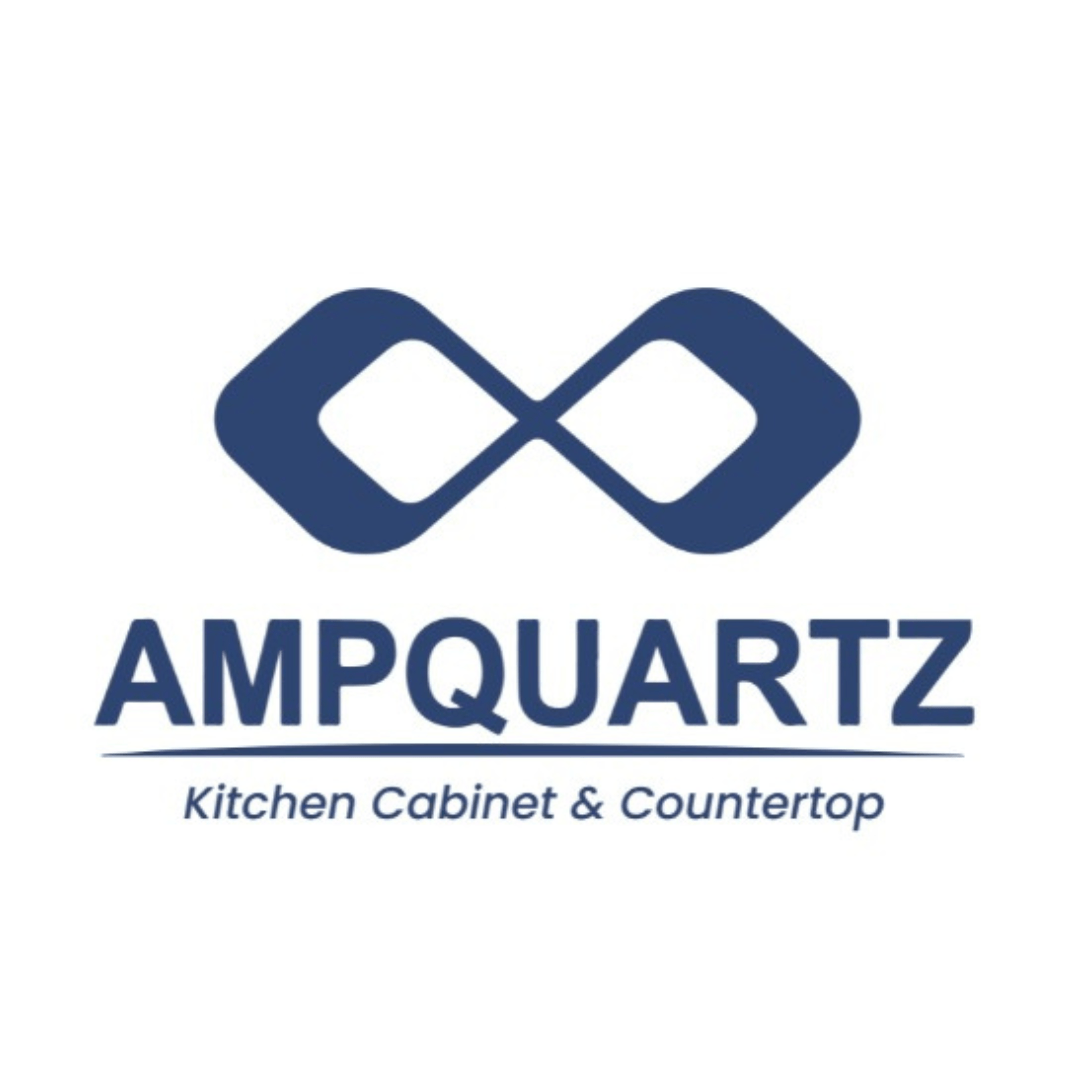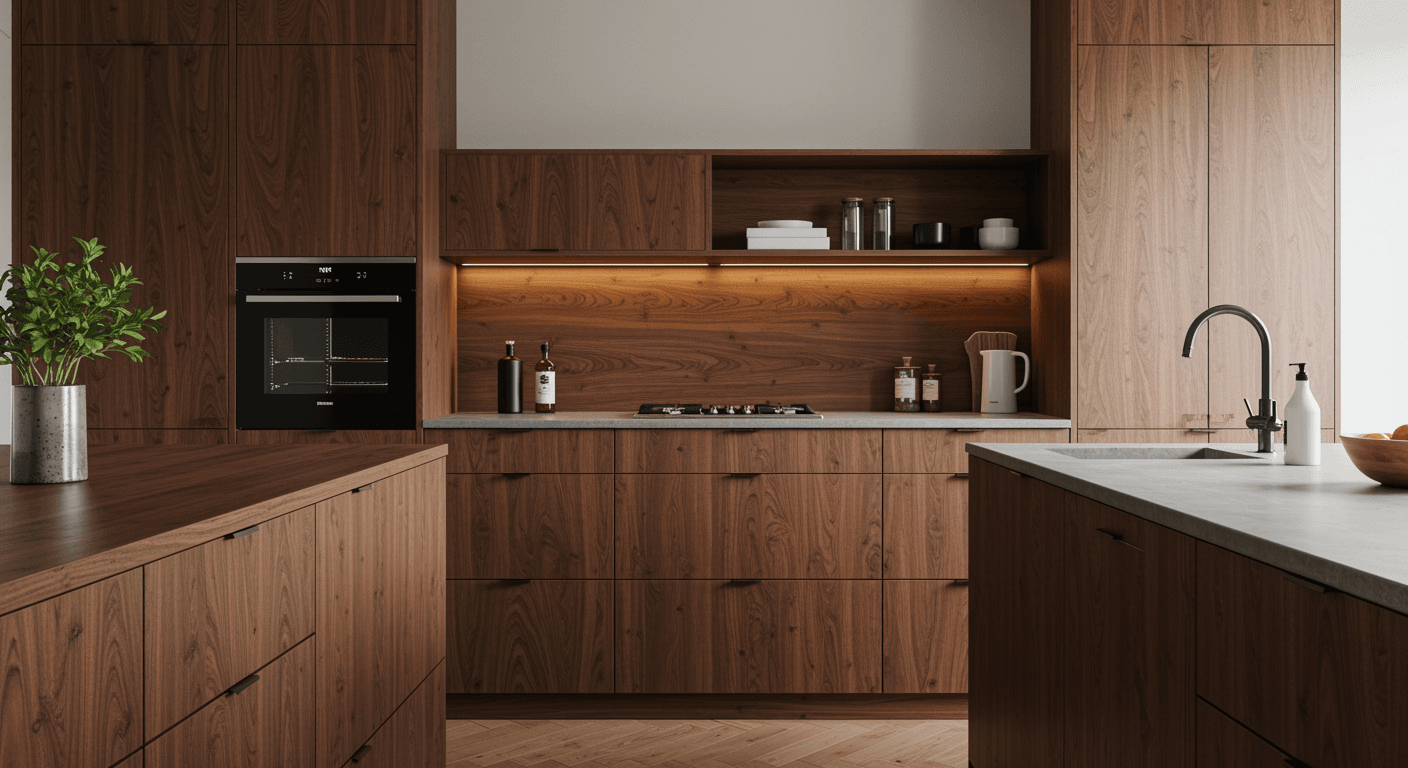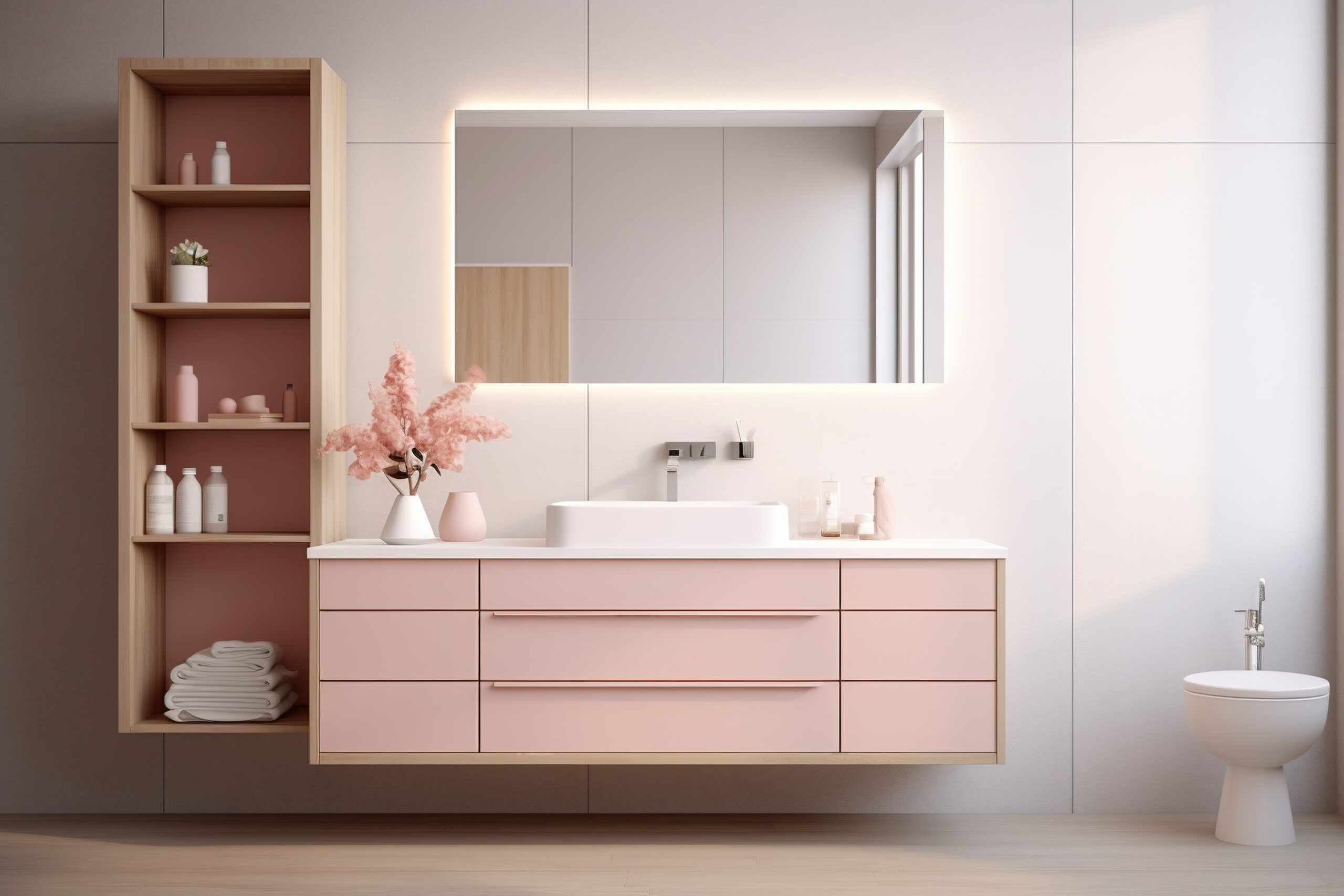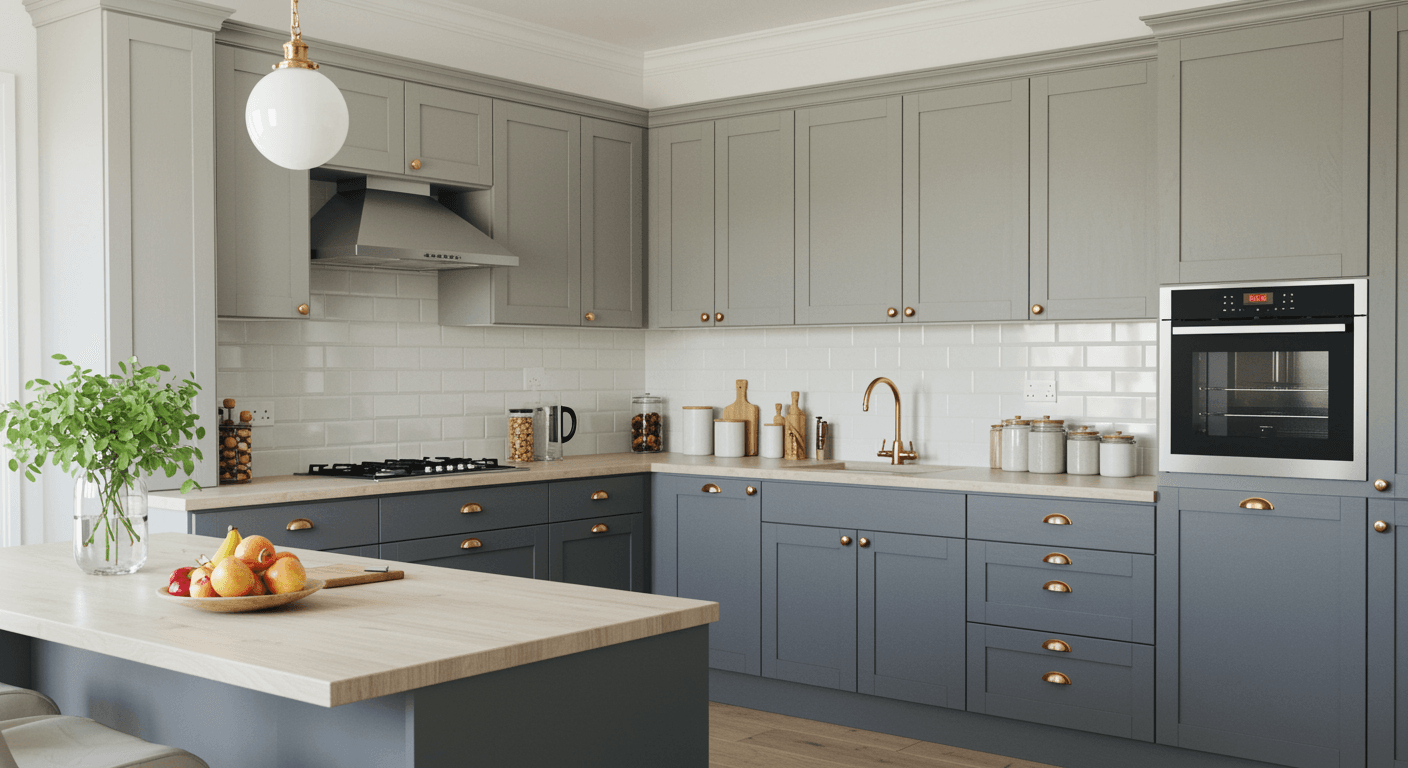The hidden danger in your cabinets, especially from cheap glues can do more harm than good to the overall kitchen as well as the home owners. There are many dangers that come with the use of cheaper glues. Read more to find out what they are.
Hidden Danger 1: Glue Breakdown In Humid Climates
One of the most neglected hazards hiding in household cabinets in Malaysia's warm and muggy atmosphere is the slow deterioration of inexpensive adhesives employed in their building. Particularly those made of particleboard or MDF, many inexpensive cabinets are bonded with low-quality glues not meant for heavy humidity.
The constant humidity in the air over time weakens these adhesives, so that cupboards may swell, delaminate, or even collapse. Besides looking better or structurally sound, this deterioration creates genuine risks in domestic settings. Shelves might fall under the weight of stored goods, cabinet doors might abruptly come loose, and weak joints could give way without notice. In houses with small kids or old folks who are at higher risk of injury, these accidents are especially fatal.
Poor glue might also cause minute holes that develop into spores for mould and mildew, thereby compromising indoor air quality and enhancing the susceptibility of respiratory conditions. In bathrooms and kitchens, where humidity levels are naturally higher, this is especially problematic. As the adhesive deteriorates, dangerous chemicals like formaldehyde can also be released, thereby further elevating the health concerns.
These issues usually remain undetected until someone is injured or noticeable damage is visible. Investing money in moisture-resistant materials and emissions-certified adhesives for cabinets is not only a concern of longevity; it's also a step toward ensuring your family's health and well-being. Malaysian homeowners must understand that the hidden cost of inexpensive cabinets can actually be significantly more than the cost report indicates.
Hidden Danger 2: Unsafe For Kitchen Use
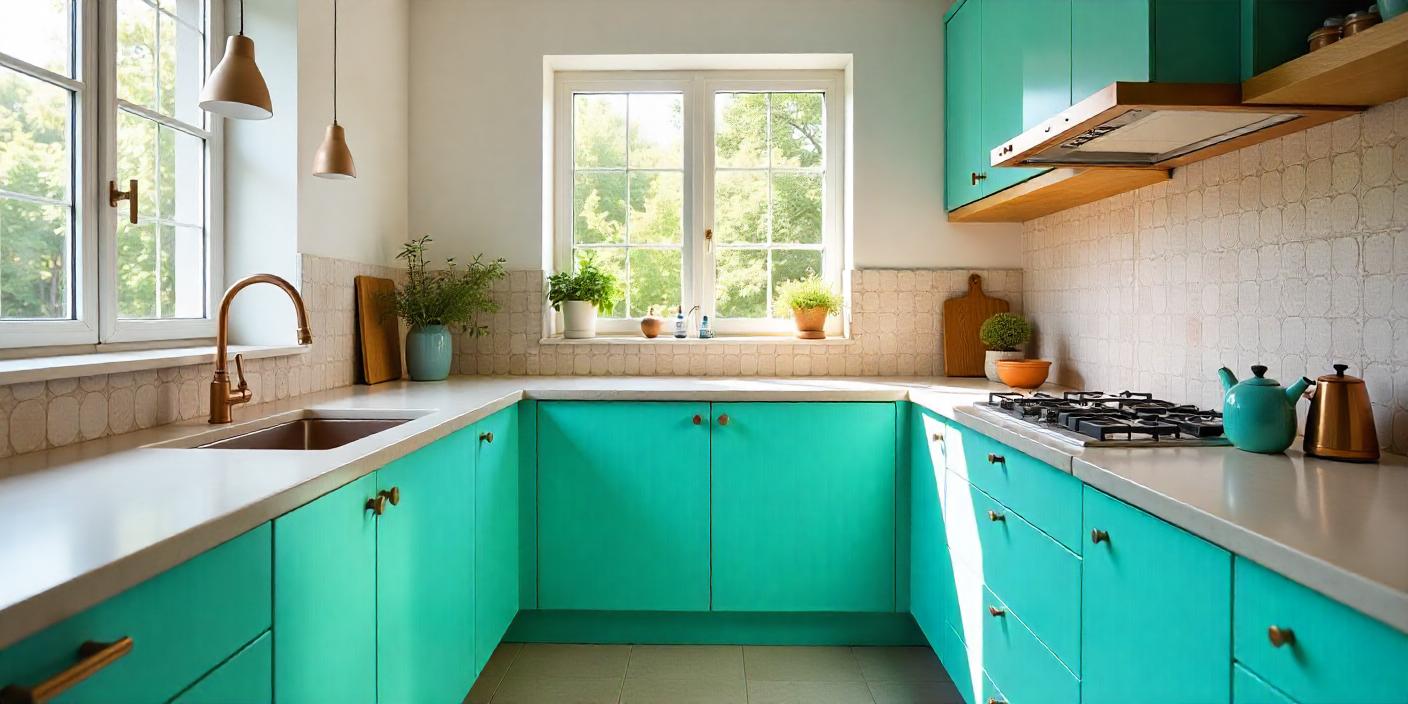
The kitchen is a major area for family connection and nourishment in Malaysian homes, but it also harbours an unseen health risk. Under the heat and moisture typical of cooking environments, cheap materials and adhesives used in cabinet constructions especially those found in affordable modular kitchen units might pose major risks.
Particularly when cabinets are near to stoves, ovens, or toasters, these glues may off-gas volatile organic compounds (VOCs) and formaldehyde — poisonous gases. Long stretches of heat can hasten the release of these pollutants, hence degrading the air quality and maybe polluting food storage areas. This is especially dangerous in Malaysian homes where kitchens are often used and humidity might raise temperatures. More health risks including headaches, asthma flare-ups, or more severe long-term effects — families with small children, elderly relatives, or people with breathing problems suffer.
@ampquartzcabinets Lurve tak kalau dapur luas macamni? 😍 #AmpQuartz #KitchenCabinet #JohorBahru #transition #beforeafter #fyp #fypage #fyppppppppppppppppppppppp
♬ original sound – AmpQuartz – AmpQuartz
Cheap glues degrade quicker than high-quality, certified low-VOC adhesives used in top-notch cabinetry, therefore releasing VOCs into the kitchen environment undetected. Many contemporary kitchen designs‘ inadequate ventilation traps smells inside, therefore aggravating the problem. While the danger is inside their own cabinets, homeowners may remain unaware of the source of repeated illnesses and will instead blame outdoor pollution.
Selecting cabinets built with approved non-toxic materials and inquiring about the glue used by makers will help you to shield your family. The actual cost of inexpensive cabinets might far exceed what you expect paid with the health of your family.
Hidden Danger 3: VOC Release
Release of volatile organic compounds (VOCs), particularly from items produced with inexpensive glues and adhesives, is among the most ignored yet significant hazards hiding in kitchen cupboards. Both of which are often bonded with glues containing high levels of VOCs, particleboard or medium-density fibreboard (MDF) is used to make economical cabinets in many Malaysian residences.
Over time, these substances off-gas into the atmosphere, producing undetectable indoor air pollution. Prolonged exposure to VOCs can cause chronic respiratory issues, eye and throat irritation, skin rashes, headaches, and even long-term health consequences such liver or kidney damage in families, particularly those with young children, elderly members, or people with asthma or allergies. The hot and humid Malaysian climate accelerates the release of VOCs even more, therefore increasing daily exposure without homeowners even knowledge of it.
Indoor air traps these poisonous chemicals, as opposed to outdoor air which can disperse pollutants more readily, hence converting typical living areas into health dangers. Particularly high-risk places are kitchens where cabinets are always exposed to warmth from cooking as heat increases VOC emissions. Given that households spend much of their time in shared areas like kitchens and living rooms, the total exposure can be significant.
Selecting low-VOC or formaldehyde-free substances when replacing or installing new cabinets helps to protect indoor air quality. Although inexpensive alternatives may help you save money right away, the long-term hidden health consequences of VOC exposure from inferior adhesive can be much more severe.
Hidden Danger 4: Shorter Lifespan Resulting In More Waste
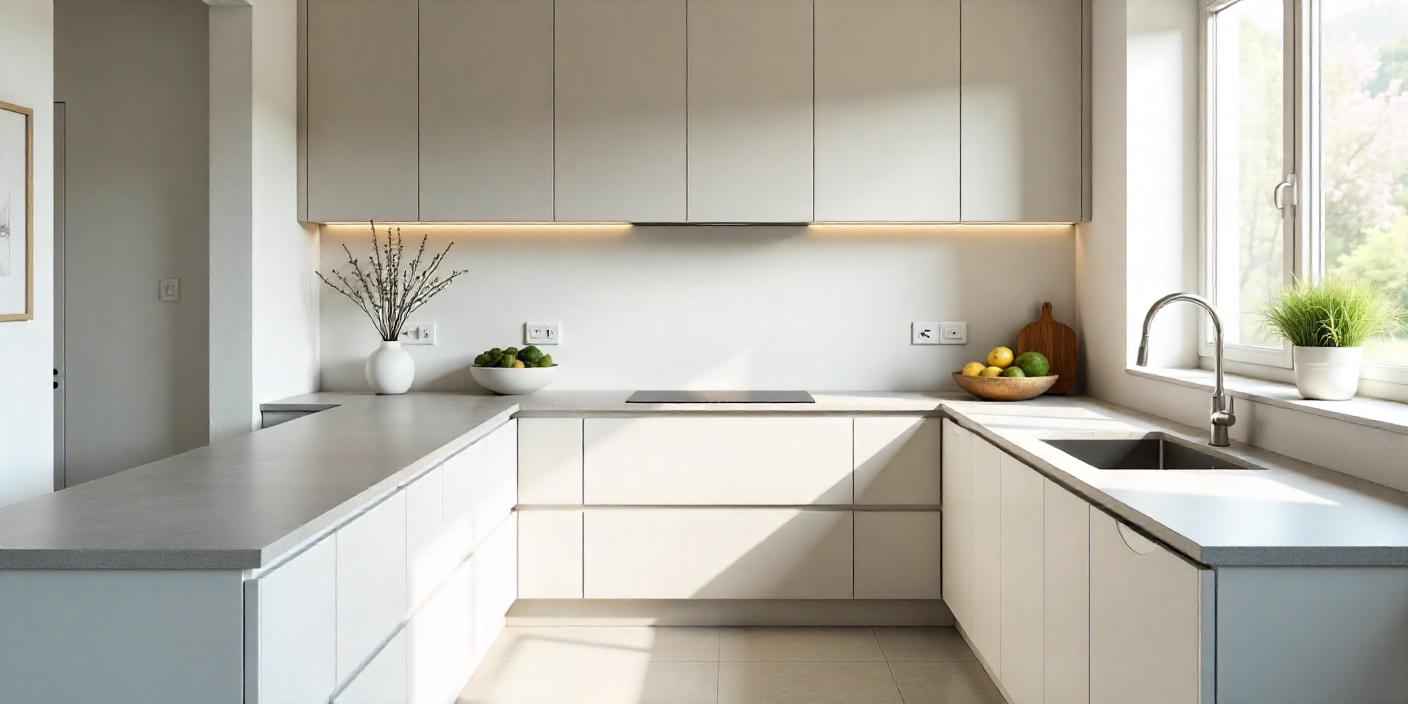
When built with inexpensive adhesives, their limited lifetime an issue often overlooked but very important for families and the environment in Malaysia is one of the most ignored yet important hidden hazards in domestic cabinets.
Particularly in the humid conditions of Malaysia, low-cost cabinets made with inferior glues often break quickly. The glue breaks down under moisture, resulting in warped panels, peeling laminates, or maybe total structural collapse. Then families have to replace these cabinets far earlier than anticipated, therefore increasing their financial burden overall. Most subpar cabinets are neither recyclable nor biodegradable, therefore their regular replacements significantly add to household trash.
@ampquartzcabinets Site visit at Taman Kempas Utama, Johor Bahru #AmpQuartz #KitchenCabinet #Aluminium #CabinetMaker #HiddenStorage #pov #fyp #fyppppppppppppppppppppppp #fypage
♬ original sound – AmpQuartz – AmpQuartz
Mostly glued with formaldehyde, discarded cabinet parts find their way to landfills where they keep leaching toxic compounds into the ground and water. Moreover contributing to Malaysia's already heavy environmental load are the manufacture and disposal of such cabinets. Deteriorating glues emit more volatile organic compounds (VOCs) as they age, therefore reducing indoor air quality in households as well. These emissions especially affect children, seniors, and those with breathing problems.
Beyond health concerns, the cosmetic and functional degradation of these cabinets affects the safety and comfort of the domestic setting. At first, what looks to be a low-cost option turns a recurring expense and a health risk. Investing in better, safe, long-lasting materials cabinet can help Malaysian households preserve their health, cut costs over time, and lower their environmental impact.
Hidden Danger 5: Toxic Dust During Renovation
Renovations particularly those changing or replacing inexpensive, glue-based materials reveal one of the most neglected but major risks in Malaysian homes. Particleboard or MDF (medium-density fibreboard) bonded with formaldehyde-based adhesives helps to create many inexpensive cabinets.
Cut, sanded, or dismantled, these materials emit poisonous dust into the atmosphere including harmful substances like volatile organic compounds (VOCs) and formaldehyde. Apart from aggravating the eyes and throat, this dust might provide long-term respiratory hazards, especially for youngsters, the elderly, or anybody with asthma.
Easily breathed, the little particles can stay in the environment and interact with home air conditioning by settling on surfaces. The hot Malaysian climate, where houses are sometimes kept closed for cooling, exacerbates poor ventilation by trapping contaminants inside. Usually carried out without professional-grade protective gear, do-it-yourself house repairs increase family exposure to these dangerous chemicals. Repeated exposure even in little doses over time can raise the risk of chronic respiratory disorders, allergic reactions, and even some malignancies.
What seems to be a cost-cutting remodel can unintentionally affect the air quality of your house and the wellbeing of your loved ones. This is why choosing cabinets made from low-emission, formaldehyde-free materials is critical not only for long-term durability but also for safeguarding your family’s wellbeing during future upgrades or repairs. Though unseen, toxic dust has quite actual effects.

